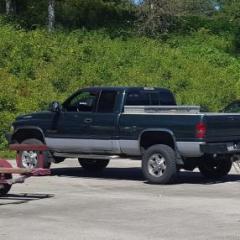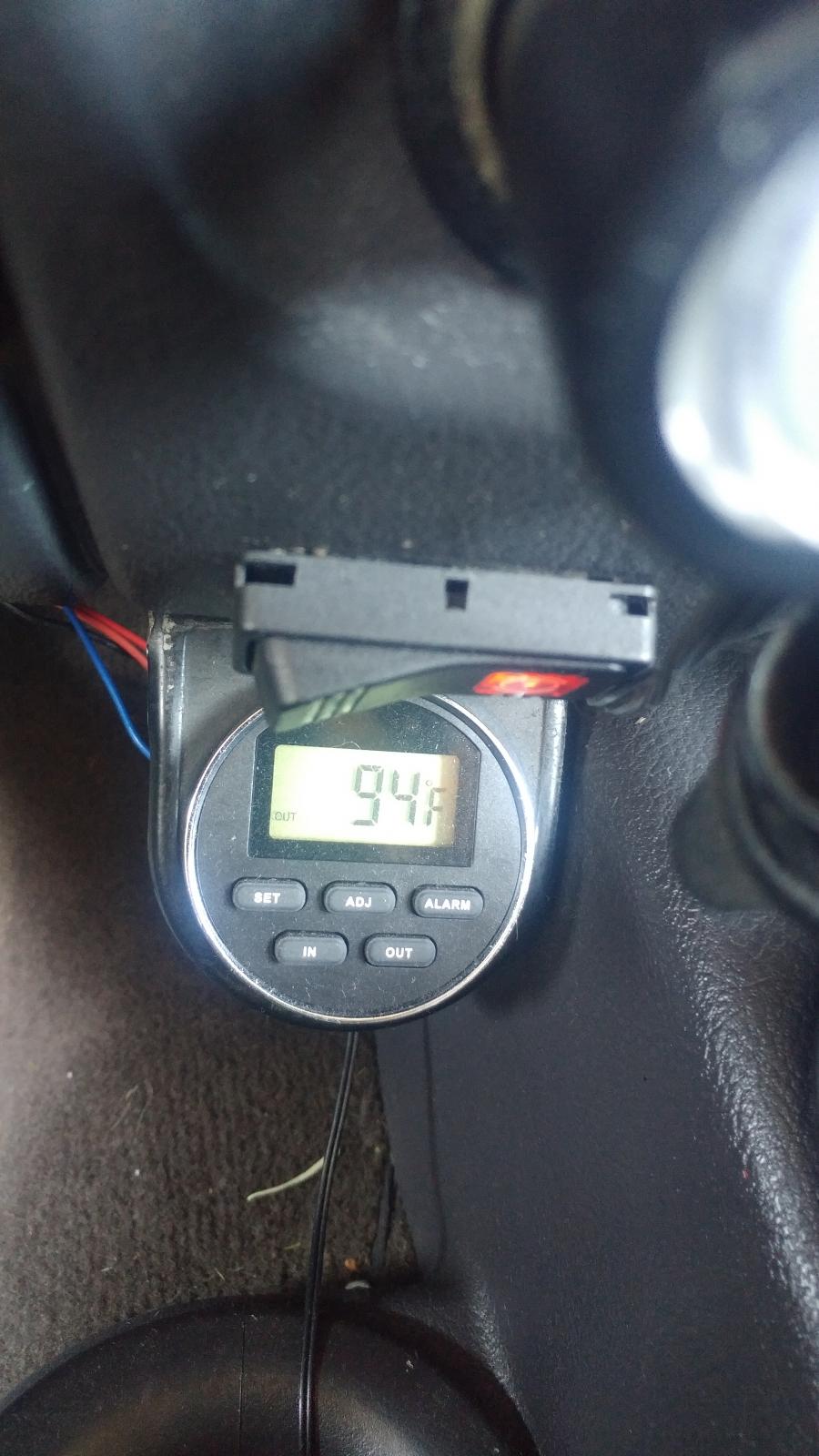- Replies 23
- Views 3.6k
- Created
- Last Reply
Top Posters In This Topic
-
Mopar1973Man 7 posts
-
pepsi71ocean 5 posts
-
Tittle Diesel Performance 4 posts
-
Dieselfuture 2 posts






Everyone knows I just did a coolant flush not to long ago and change my thermostat for the 190*F from NAPA. Come to find out the new thermostat tend to lean on the high side of the 190's. No problem. MPG numbers seemed good. I started to wonder about if I changed the thermostat from 190*F to 180*F if the IAT would follow? Guess what it does. Instead of the constant +40*F offset the 180*F makes roughly a +30*F offset with 80*F outside temp the IAT floated 105-110*F. If your looking for colder IAT temps then the thermostat will give you at least -10*F drop. This was only a 30 mile round trip to town. I'll leave it in and watch the IAT and ECT closely for the next few days.
I'm going to bet I'm going to take an MPG hit because of thermodynamic and too much heat energy will be lost to the coolant being colder. We'll see, won't we?
Here is some photos. Part number for NAPA.
Old version of the 190*F thermostat versus the new version on the right.
Edited by Mopar1973Man